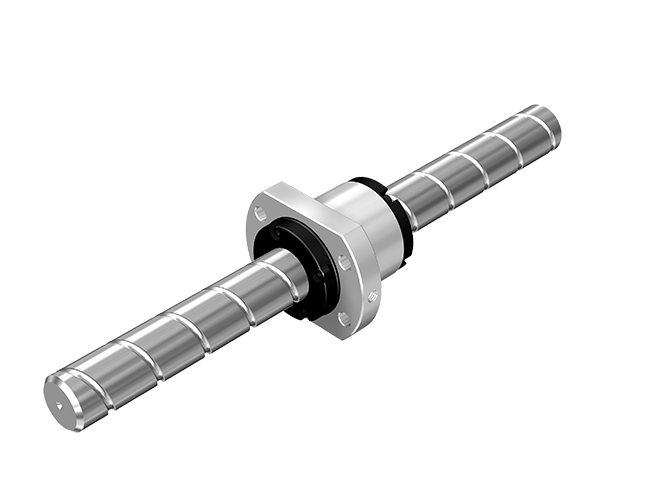Stages in Electronic Product Development: Key Aspects to Look For
The development of an electronic product is a complex journey that encompasses multiple critical stages. Initially, it’s imperative to conceptualize the product’s purpose and target audience while conducting thorough market research. After this, a feasibility study helps assess technical, financial, and regulatory viability. Then follows detailed planning, including specifying product requirements and architecture. Next, prototyping and iterative development refine the concept, while detailed design encompasses schematics, component selection, and software development.
Let us take a look at the key stages in electronic product development
- Conceptualization
During the conceptualization phase, we engage in thoughtful contemplation to define the core essence of the product. This begins by encapsulating the product’s purpose in a concise statement of fewer than 20 words, followed by the creation of a comprehensive initial feature list. The aim is to provide those involved in the product’s development with a detailed understanding of the project’s requirements.
The product definition will serve as the guiding principle while finalizing the initial features list. In moments of uncertainty, it’s essential to assess whether any additional features, no matter how appealing they may seem, align with the product’s core definition. Maintaining clarity in this regard ensures a more focused and effective development process.
- Proof of Concept (PoC)
A Proof of Concept, or PoC, often represents the early, experimental iterations of your product. It’s designed to swiftly and cost-effectively test the initial features list using readily available components and development boards.
The PoC serves a pivotal function in the product development process. It marks the initial transition from an abstract idea to a tangible reality.
- Prototype Development
The creation of a prototype represents our initial venture into physically constructing the product. This phase might encompass the development of bespoke circuitry and enclosure designs at its inception.
- Small Batch Production
Once the prototype development and testing phases are successfully concluded, the product is poised for rigorous field testing. This typically entails the production of a limited batch of 10 to 20 devices, which are subsequently provided to your internal team or early adopters for comprehensive testing.
- Mass production
Transitioning into mass production presents its unique challenges. Once a production timeline is established, it becomes necessary to revisit the selected manufacturers. This step ensures their continued availability, confirms the presence of the required parts in their inventory, and checks for any alterations in lead times.
The development of an electronic product is a multifaceted journey marked by meticulous steps. And, Lime Design electronic product design agency assures to carry out all these steps with precision, delivering user-centric, cutting-edge solutions to the tech market.


















